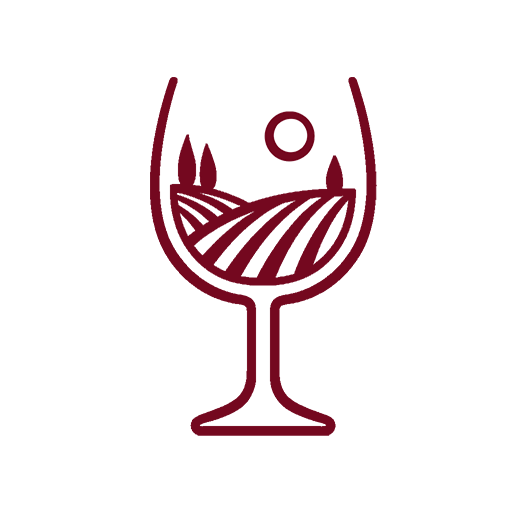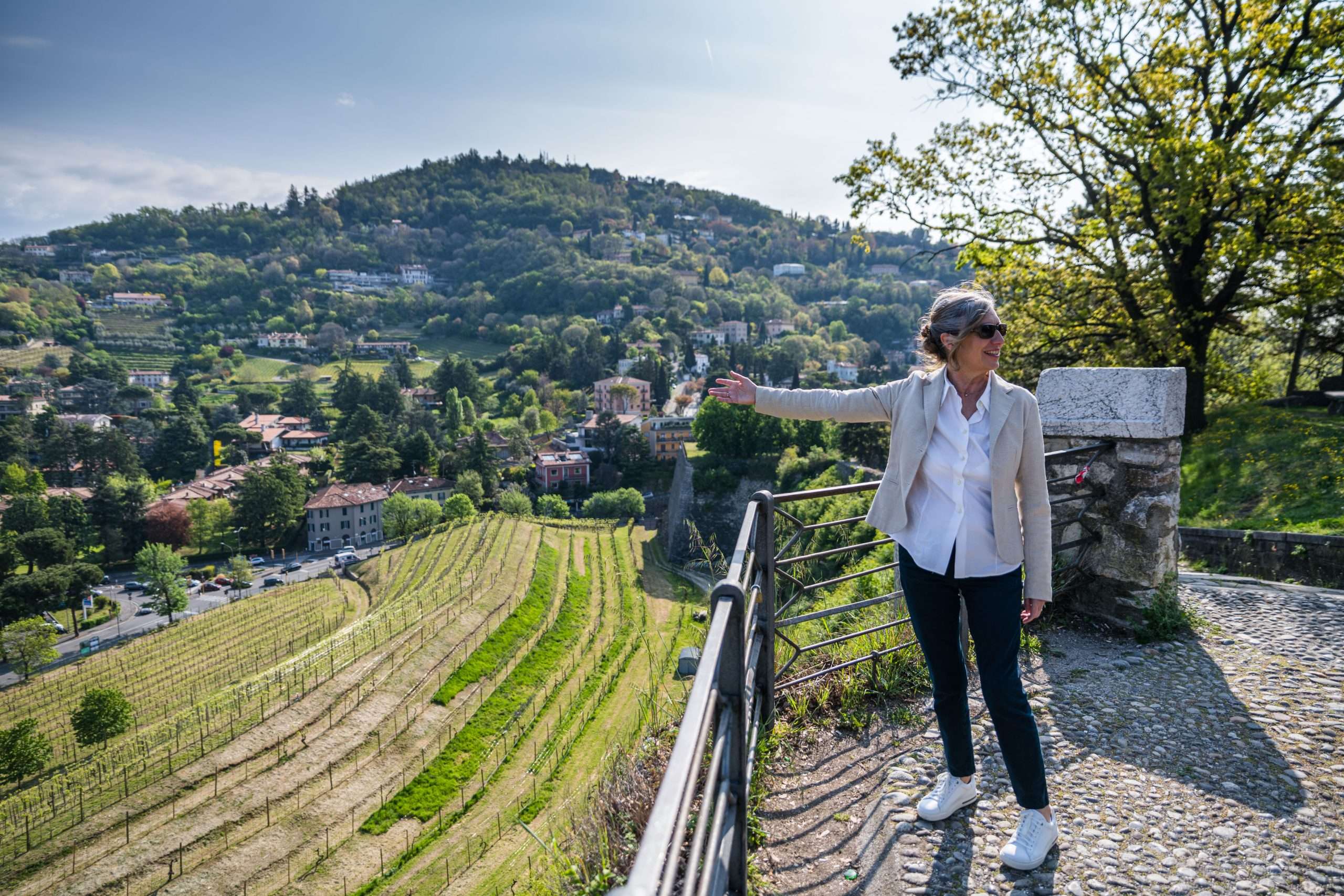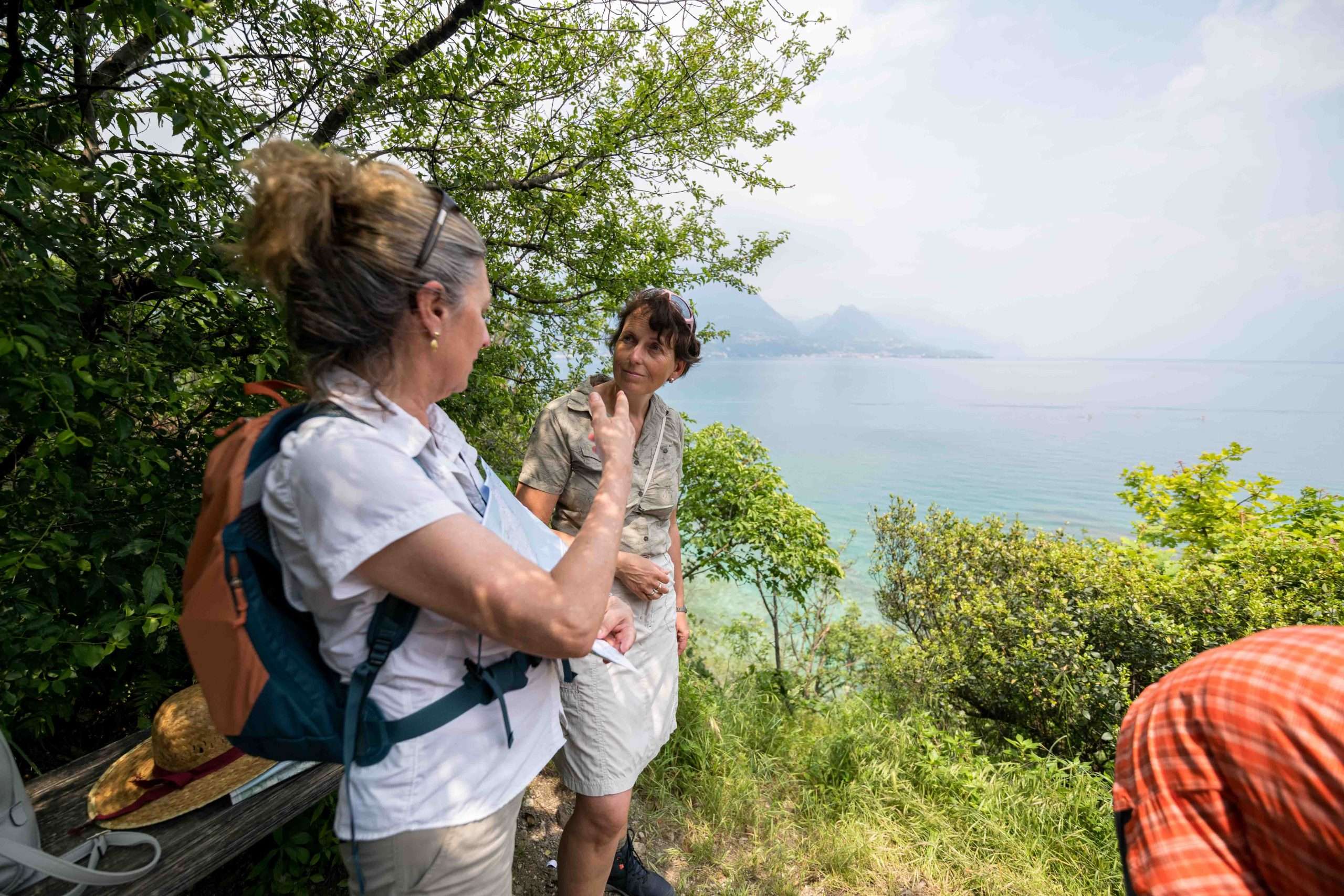
MINOR ITALY IS WAITING FOR ITS DISCOVERY
Minor Italy is waiting for its discovery. Travelers from all over the world dream of coming to Italy. The most popular destinations are the few great cities of art, among which Venice stands out by far. In the same way, when one thinks of Italian wines, one refers to a few denominations of origin known throughout the world. The rest of the peninsula continues to be unknown to most.
FEW BUT GOOD
When the world thinks of Italy, the images of our most famous cities immediately flow into your mind, postcards sent by tourists from all over the world to the most remote places on earth for decades. In our time images captured at every moment by millions of people have replaced postcards. These shots appear on the “social” profiles of travellers visible in real-time, in the most remote places of the world: Venice, Rome, Milan, Naples replicated endlessly.
BEYOND THE BEST SELLERS
Alongside these “best sellers” of international tourism, there is a second parallel country with a much larger extension, which leads a quiet and slow rhythm life, hosting wonders unknown to most. These places do not know over-tourism. Guests do not queue for kilometers. They are welcome like resident citizens and inserted in the same lifestyle without adapt their offer to international standards.
MINOR IS NOT LESS INTERESTING …
Minor Italy does not appear on the covers of travel magazines or in international TV reports. Cities, hamlets, villages, landscapes that know tourism as a consequence and suffer but are not disturbed by it to the point of seeing their system of values and their habits upset. Here the guests fit into the existing fabric, not the tourism service system adapts to travelers’ expectations.
There is also minor Italy for wine: after having ranged from more or less noble labels, where the inevitable Piedmontese stand out on a par with the indispensable Tuscans, what remains in the Italian wine scene in the imagination of the wine-lover in transit? First of all, the willingness to be surprised. Wines of the highest quality, almost unknown, are revealed to the curious of all nationalities, often unaware of how to read the wine list and relying on the room manager for advice and combinations.
AN EXAMPLE?
Do we want to give an example? In the extreme southeast of Lombardy, the province of Mantua thrives. The capital city is not famous worldwide. Those who visit it are often art lovers and go there specifically to admire one of Andrea Mantegna’s most famous masterpieces: the Camera Degli Sposi, inside the Doge’s Palace. It is certainly not a wasted journey: the painting alone is worth the effort.
However, by planning carefully, it becomes clear that the Palace in question is not the only destination: as if by magic, theaters, frescoed churches and still in the province around it an unlikely sanctuary halfway between a theater and a pilgrimage destination. A few kilometers away, on the road to Parma, Sabbioneta lyes: a Renaissance ‘hidden gem’ created thanks to the ambitious dream of a man who strongly wanted an ideal city. And here I stop with the historical and artistic stimuli.
LET’S TALK ABOUT FOOD
It’s time to talk about food and wine. In such a quiet and silent place, what could surprise you? Here you have to relax and begin to locate the context: an entire province made up of flat and hilly lands, among the most fertile territories in Europe. Hectares and hectares of fields cultivate mainly cereals and above all Vialone Nano rice variety. Perfect for the preparation of risotto, and not only. Local rice receipt is different from traditional risotto. It is boiled and ‘dressed’ with local ‘salamella’ Then farms in large quantities end up in Grana Padano dop and Parmigiano Reggiano dop.
There is a chromatic code in Mantuan cuisine: the orange color. Pumpkin and Melone Mantovano PGI, both traditional foods, interpret it very well, integrating with other foods. They are local specialties: the Tortelli di Zucca, which find their moment of glory in that Padano cheese; the mostarda of pears and very delicate apples, the inevitable Sbrisolona Cake.
AND WINE
Finally comes the wine: geography draws the territory with international varieties on the hills close to Lake Garda in the north. Then the huge Po valley separates the Morainic Hills from the Oltrepo that offers Lambrusco Mantovano. Less well known than its Emilian cousins, it is gradually conquering its space also abroad. The traditional type is sparkling and sweet, creating unexpected pairings for wine lovers. Nevertheless, they are ready to change their minds when the sparkle balances the sweetness of the local dishes.
In those places that are almost more Emilia than Lombardy in terms of territory, mentality, lifestyle, this corner of Lombardy is the farthest place from that Milan to which it refers.
This example of a low-profile attitude in the national scene is quite frequent. However, the province is not worried in the least. If the world does not know them yet, it is certainly not their problem. And like her, hundreds of places.




Post a Comment
You must be logged in to post a comment.